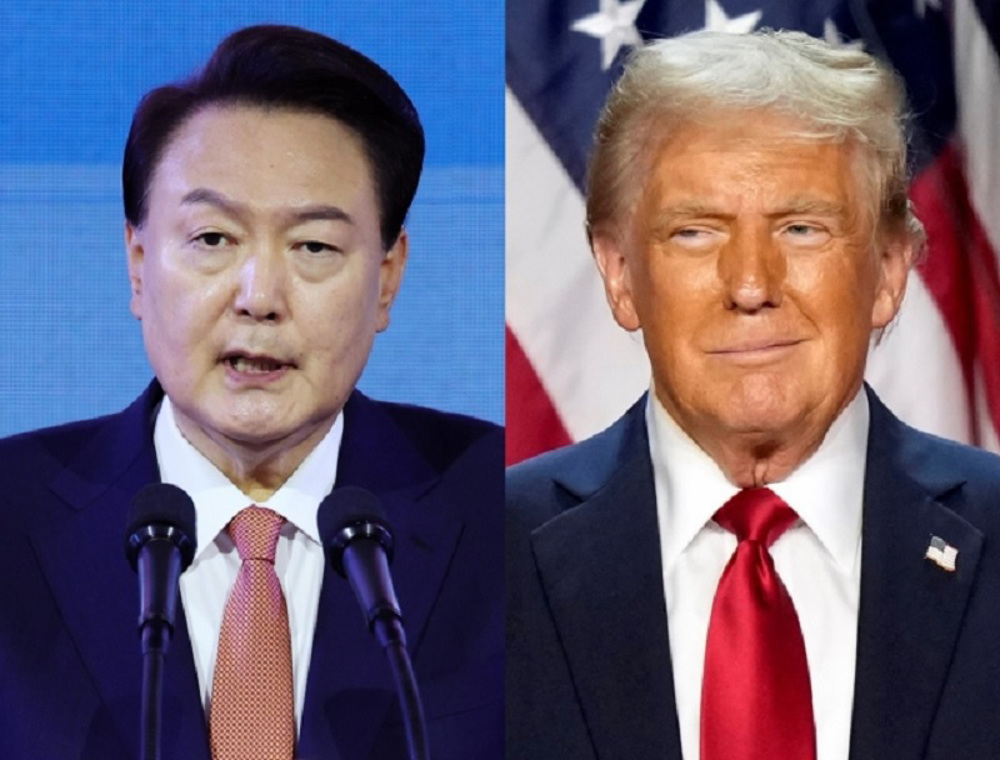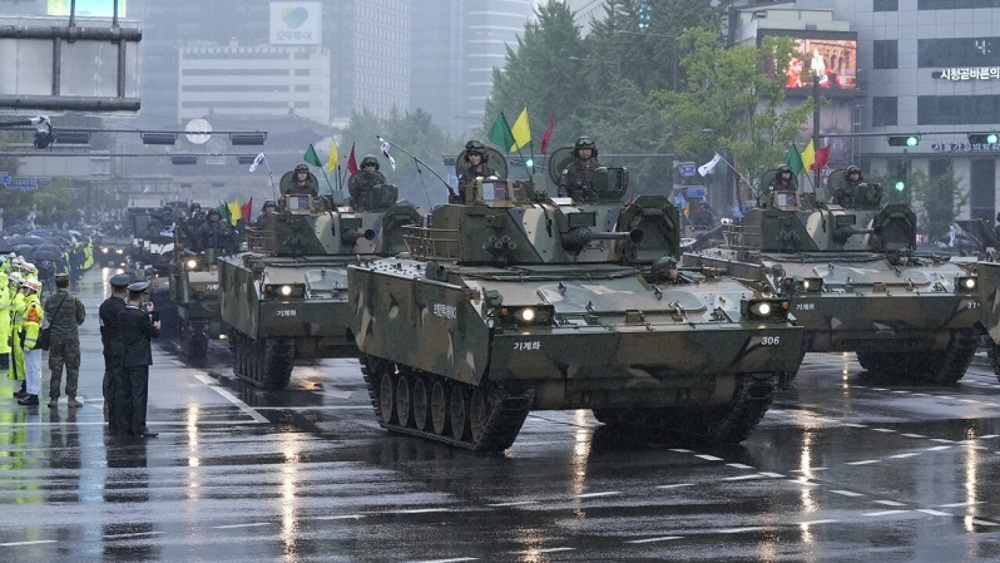South Korea’s military spending boon for local weapons producers
Frank Smith
Press TV, Seoul
South Korea’s plans to boost military spending over the next five years has already proven a boon to its defense industry. Share prices of local weapons manufacturers, including Hanwha, Korea Aerospace and others, have seen their share prices jump up to 30 percent since Seoul released its defense white paper this summer. The current tension on the Korean Peninsula is seen as motivating such spending.
North Korea routinely criticizes South Korea and the US for its provocative defense spending. South Korea last week deployed the fourth of 40 recently purchased US F-35 Joint Strike Fighters, a spend totaling about $8 billion, the most expensive and controversial arms procurement in South Korean history.
South Korea’s share of the US troop presence – currently at about 28,000 troops - is now negotiated yearly, with US President Donald Trump demanding steep increases.
According to the Stockholm International Peace Research Institute, global military spending reached a record high of 1.8 trillion dollars in 2018. The boom is mainly driven by the US, which accounts for 41 percent of the world’s defense expenditures, as well as China now at 14 percent, with significant increases in Asia.
South Korean weapons have also become popular purchases for other countries. Its tanks, light fighter jets and other weapons and munitions find buyers in the Middle East and Asia, in August signing a $25 million deal to provide naval combat systems to the Philippines.
VIDEO | Beirut’s southern suburbs targeted in 'heavy' Israeli strikes
Haaretz: Over 10,000 Israelis have migrated to Canada this year
VIDEO | Press TV's news headlines
Official: Iran to respond ‘decisively’ to any threat to its nuclear program
Nearly 70 Mossad-linked terrorists killed or captured in southeast Iran
What collapse of German coalition government means
Iran, Syria emphasize need to stop Israeli atrocities in Gaza, Lebanon
Clinton whisked away amid pro-Palestine protest at Belfast university









 This makes it easy to access the Press TV website
This makes it easy to access the Press TV website